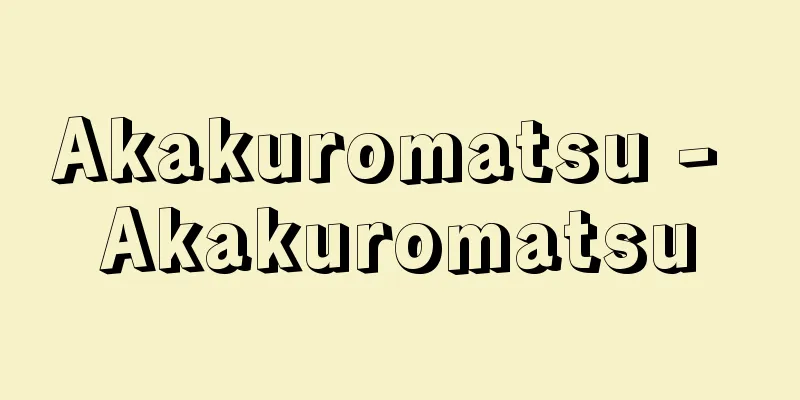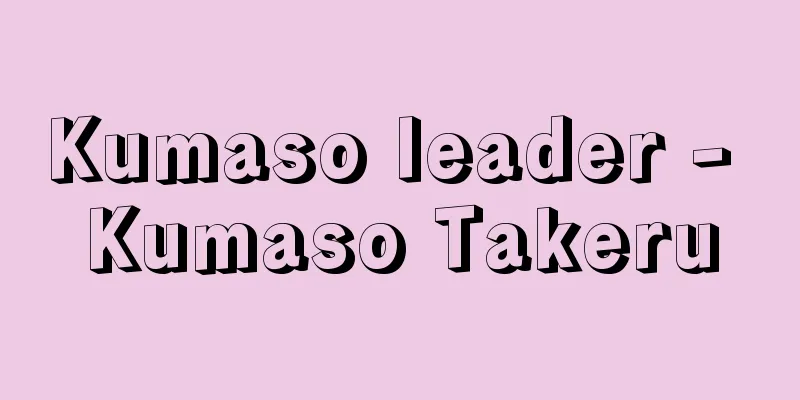Shin-Yakushiji Temple
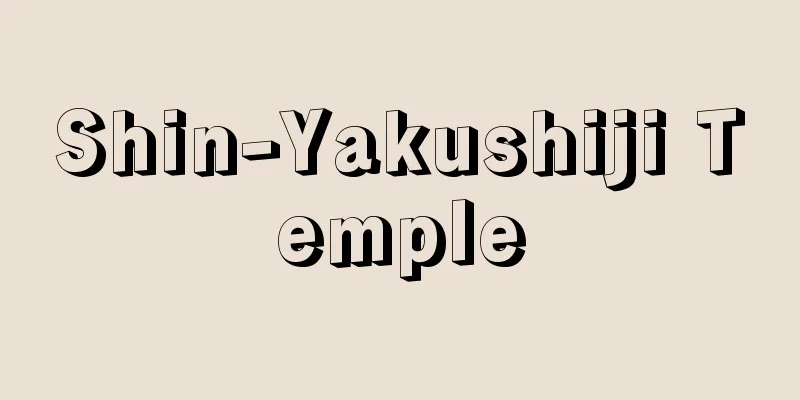
|
A Kegon sect temple in Takabatake-cho, Nara City. It is called Nichirin-san, Kou Yakushi-ji, Kouyaku-ji, and Kouzen Yakushi. The principal image of the temple is Yakushi Nyorai. According to temple legend, it was originally founded by Prince Shotoku and was called Kouyakushi-ji, with the Kouyakushi Buddha as the principal image. According to the "Todaiji Yoroku," in the Nara period, Empress Komyo built a Buddhist hall and enshrined a 18-meter-tall Yakushi Nyorai statue in order to pray for the recovery of Emperor Shomu from eye disease. In the statue's womb, she placed the principal image of the Buddha, the Yakushi Buddha, five relics, the Yakushi Hongankyo Sutra and the Lotus Sutra written by the Emperor, and one copy each of the Diamond Prajnaparamita Sutra and the Lotus Sutra written by the Empress. The temple then became a branch temple of Todaiji and changed its name to Hirinzan Shin-Yakushiji. One theory is that the temple was founded by Emperor Shomu in prayer for the recovery of Empress Komyo from eye disease. In 749 (Tenpyo Shoho 1), 500 cho of newly cultivated land was donated, and the temple became a large temple with 1,000 resident monks, boasting a structure of seven buildings in an area of 4 cho square. Along with Todaiji Temple, it was counted as one of the Ten Great Temples of Nara. In 780 (Hōki 11), lightning struck the west tower, causing it to burn down and fall into decline, leaving only the current main hall (a national treasure). During the Kamakura period, however, Myoe Shonin took up residence there and rebuilt the east gate, south gate, Jizo Hall, and bell tower (all of which are important cultural properties of the country), and Gedatsu Shonin Jokyo attracted many followers to the temple. During the Edo period, Gojiin Ryuko rebuilt the temple at the request of Tokugawa Tsunayoshi's mother, Keishoin, and received a donation of 100 koku of temple land from the shogunate. In addition to national treasure buildings, the temple is home to many valuable treasures, including sculptures, paintings, and crafts from the Nara to Edo periods. In particular, the principal image, the 18-foot-tall Yakushi Nyorai statue, and the twelve heavenly generals standing on a circular altar are famous national treasures. Other treasures include the Eleven-Headed Kannon statue, the Juntei Kannon statue, and a colored silk painting of the Buddha in Nirvana, all designated as Important Cultural Properties by the nation. In addition, the bronze Koyakushi Buddha (Important Cultural Property of the nation), whose whereabouts are currently unknown after it was stolen in 1943 (Showa 18), is a masterpiece from the Hakuho period. Within the temple grounds there is a monument bearing a poem by Aizu Yaichi. [Michio Sato] "Ancient Temple Pilgrimage: Nara 4: Shin-Yakushiji Temple" (1979, Tankosha) Source: Shogakukan Encyclopedia Nipponica About Encyclopedia Nipponica Information | Legend |
|
奈良市高畑(たかばたけ)町にある華厳(けごん)宗の寺。日輪山(にちりんさん)と号し、香(こう)薬師寺、香薬寺、香山(こうぜん)薬師ともいう。本尊は薬師如来(にょらい)。寺伝によると、もとは聖徳太子の創建で、香薬師仏を本尊とする香薬師寺といった。『東大寺要録』によれば、奈良時代、聖武(しょうむ)天皇の眼病平癒を祈願して光明(こうみょう)皇后が仏堂を建立して丈六薬師如来像を安置し、その胎内に本尊香薬師仏および仏舎利5粒、宸筆(しんぴつ)『薬師本願経』『法華経(ほけきょう)』、皇后御筆の『金剛般若経(こんごうはんにゃきょう)』と『法華経』各1部を収めたのに始まり、また東大寺別院となって、寺号も日輪山新薬師寺と改めたという。一説には光明皇后の眼病平癒を祈って聖武天皇が発願した寺であるともいう。749年(天平勝宝1)には墾田(こんでん)500町が施入され、4丁四方に七堂伽藍(がらん)の結構を誇る住僧1000人の大寺となった。東大寺とともに南都十大寺の一つに数えられた。780年(宝亀11)西塔に落雷があって現本堂(国宝)を残し焼失して衰亡したが、鎌倉時代には、明恵上人(みょうえしょうにん)が住して東門、南門、地蔵堂、鐘楼(以上、国の重要文化財)などを再建し、解脱(げだつ)上人貞慶(じょうきょう)は多くの衆徒(しゅと)をこの寺に集めた。江戸時代、護持院隆光(りゅうこう)が徳川綱吉の母桂昌院(けいしょういん)の意向を受けて再建にあたり、幕府から寺領100石の寄進を受けた。 国宝建造物をはじめ奈良から江戸時代にかけての彫刻・絵画・工芸の貴重な宝物が多い。とくに、本尊の丈六薬師如来像、円形須弥壇(しゅみだん)上の十二神将立像は国宝で、有名である。ほかに十一面観音像、准胝(じゅんてい)観音像、絹本着色仏涅槃(ぶつねはん)図などが国の重要文化財に指定されている。また、1943年(昭和18)盗難にあって現在所在不明の銅造香薬師仏(国の重要文化財)は、白鳳(はくほう)時代の逸品であった。境内には会津八一(あいづやいち)の歌碑がある。 [里道徳雄] 『『古寺巡礼 奈良4 新薬師寺』(1979・淡交社)』 出典 小学館 日本大百科全書(ニッポニカ)日本大百科全書(ニッポニカ)について 情報 | 凡例 |
<<: New Testament - Novum Testamentum
Recommend
Taenia saginata (English spelling) Taeniasaginata
… The order Taenia includes important human paras...
Sadanobu Kano
1597-1623 A painter from the early Edo period. Bo...
Kinugawa
This river originates in Kinunuma, near the borde...
Tawhid (English spelling)
A term meaning "the oneness of God" in A...
A selection of Western medical theories
The first translation of a Western internal medici...
Gastric tube - Ikan
〘Noun〙① Esophagus. ※Shizuno Iwaya Kohon (1811), Vo...
Tosenkyo - Tosenkyo
An indoor game played in the Edo period. Twelve Ka...
Carissa (English spelling) Karaunda
It is an evergreen shrub of the Apocynaceae family...
Cushitic languages - Kushigoha (English spelling)
The Cushitic languages are spoken in Ethiopia an...
Weak stomach - Ijaku
A state in which the stomach muscles are less taut...
Imakagami - Imakagami
A historical tale from the end of the Heian perio...
positive learning
...The most basic and typical type of learning, a...
psychic determinism
...From Freud to the present day, as the range of...
African tulip tree
An evergreen tree of the Bignoniaceae family nativ...
JR Union - JR Union
Its official name is the Japan Railway Workers'...

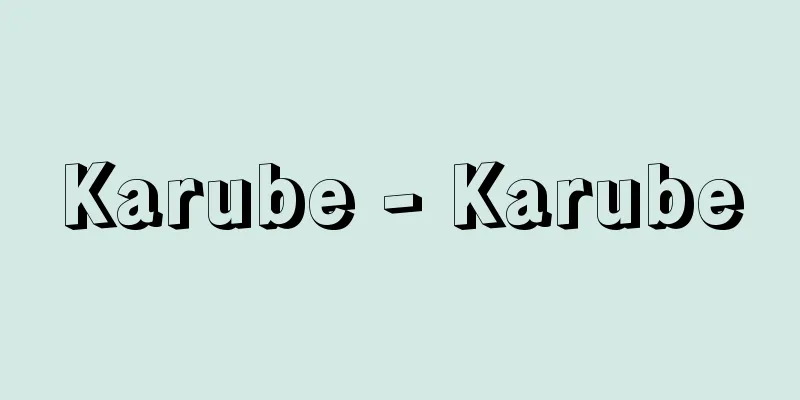
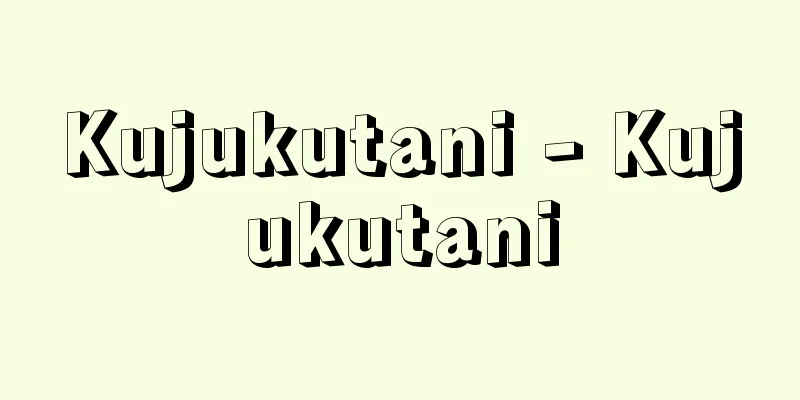

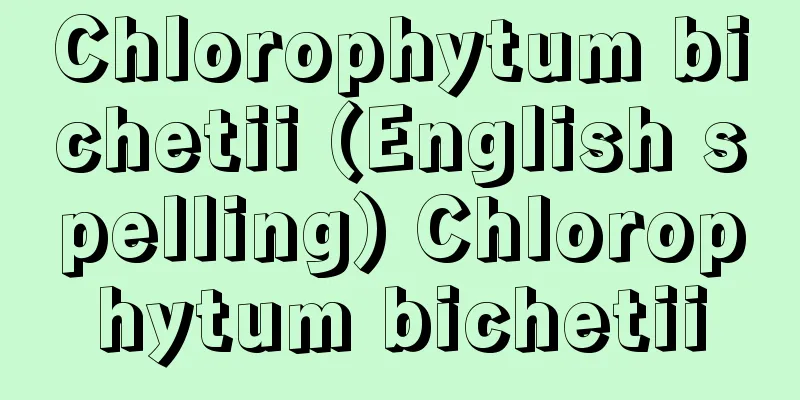
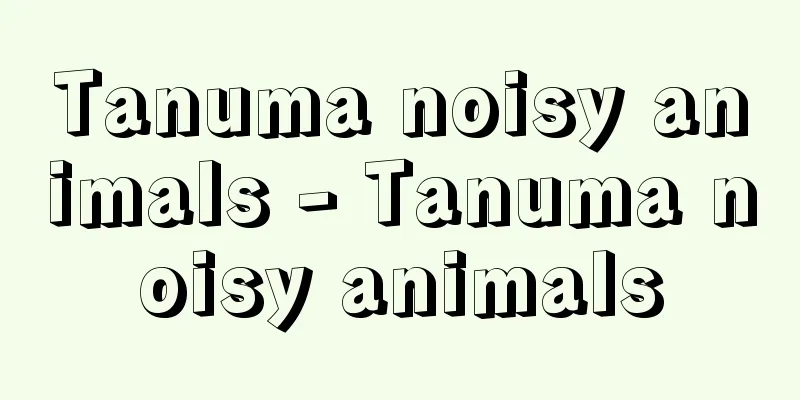

![Gero [town] - Gero](/upload/images/67cb7db221e96.webp)
